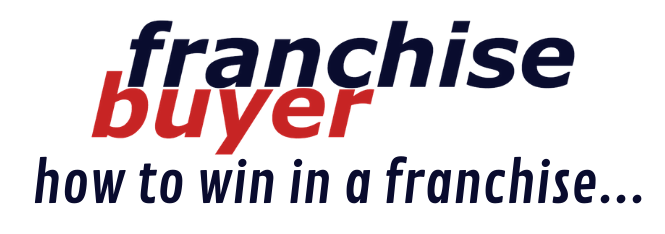October 10, 2018
Working out what media is right for your market
Not every media outlet is a target for your story. Let’s look at some practical ways to tighten your targeting to give your story pitch the best chance of success.

Getting your target media right is crucial for the success of your PR campaign. Pitching a business story to Woman’s Day or Men’s Health is unlikely to get picked up, as it is quite obviously not the right target. Sometimes though, it’s not that obvious, and trying to work out the right target media for your PR can be hard. The media is made up of so many thousands of individual journalists, bloggers and organisations, not to mention the many wide range of media types, from newspapers and magazines, to radio, TV, websites and blogs. How can you know which ones you should make the effort of contacting and pitching your story to?
Who is your target market?
The place to start when you are working out your target media is your target market. In general terms, we all know who the target market is for our business. You might answer ‘cyclists’, ‘home owners’, ‘CEOs’ or ‘young men’, but where it really starts to get interesting is when you start to narrow it down and consider your secondary markets. For instance, at Handle Your Own PR we think of small business owners as our target market. But business owners is still a very broad market, and that really limits us to broad statements in our PR which means we would miss opportunities to resonate more effectively with our secondary, or niche, markets.

Instead of lumping all business owners together, we break our primary target market into smaller markets. This includes business mums, entrepreneurs, retailers, franchisees, product wholesalers, inventors and everything in between! We can even get more specific and segment further by location or the type of media we target (you would probably say something different on radio compared to print, for instance). That way, we can tailor our message to each specific market - after all, you don’t use the same language or examples for parents as you would use for young singles, or financial advisors compared to musicians, would you?
So, who are your secondary target markets? Perhaps you are a women’s fashion retailer, in which case you may think you are just targeting women, but actually, you could break it down into retirees, young singles, mums and business women, as well as by style, interest and personality. If you are an accountant, you may break down your target market into people running family businesses, franchisees, young entrepreneurs and start-ups or retirees. Perhaps you run an online store and you sell hampers - your secondary target markets might be young women, young men, new mums, grandparents...and so on. Think about the language you would use when speaking to people who fit that market niche and what you want to offer them in terms of information and advice.
In terms of a process, try this little exercise:
-
Create a table with three columns
-
Write down your general, primary target market in the first column
-
Write down at least 3 secondary markets for each target market in the second column (see our suggestions above to give you an idea).
Now that you know your secondary target markets, it makes it much easier for you to identify your media targets. You can start to think about the media that each of the niche markets would read, watch and listen to. For instance, to get to mums you might try the parenting media, women’s magazines, weekend newspapers, morning TV and mummy bloggers. To get to franchisees you might try the small business media, franchisee media, talk radio and weekend newspapers. Don’t limit yourself to mainstream media either – think about industry newsletters (ie. If you want to get to the banking industry, you might like to go to Australian Banking Finance of AB+F, if you want to get to boat owners you might approach the Boating Industry media), website newsletters and online versions of magazines and newspapers.

How quickly do you want coverage?
Then you need to think about how quickly you want coverage. Perhaps you want to get coverage in the next couple of weeks, in which case TV and radio don’t need much notice and will get you on the show quickly if they are interested. If you have a longer term agenda then monthly magazines, which may take 3-6 months to publish the article, are a good target. Bloggers are also a quick way to get coverage whereas weekend newspapers can take 2-3 weeks and weekly magazines can take 4-6 weeks. Some industries put out quarterly or even 6-monthly magazines where they are probably working 6-12 months in advance. Just bear in mind that if you go to a long lead magazine, and the journalist or Editor loves your story and says they will put it in the ‘next issue’, they may mean a magazine that will be published in 3-6 months, it won’t appear in the following months’ issue.
Identifying your target media becomes a lot simpler once you identify your target market. Even if you are very certain of your secondary markets, giving this exercise a go while you are building your media list will help to focus your strategy and get you the best results.
You will find it a useful exercise for all of your marketing any way!














